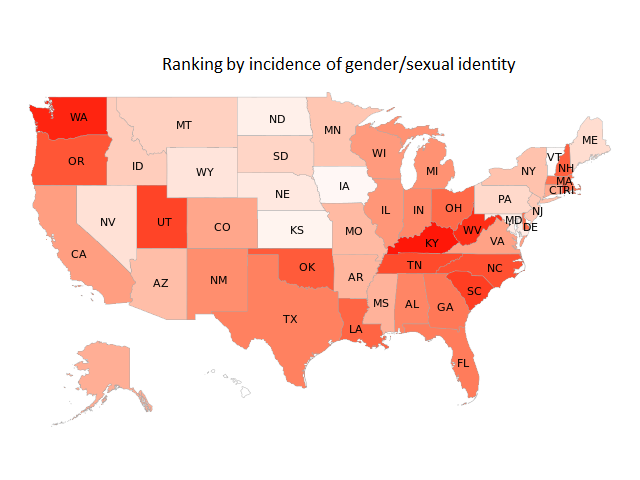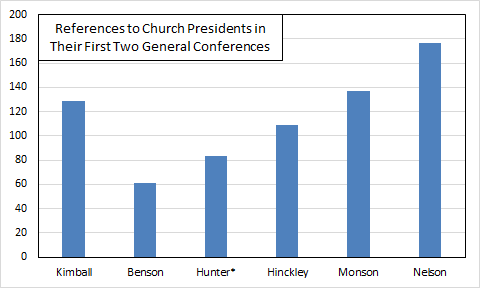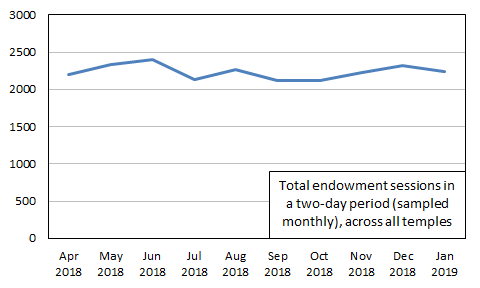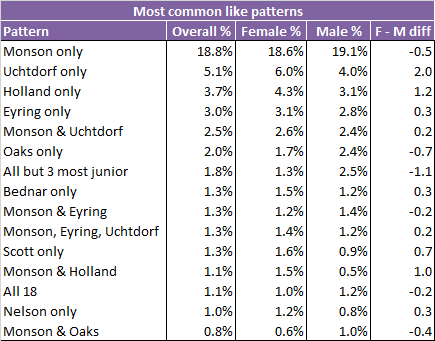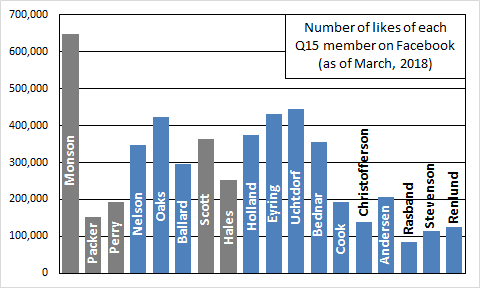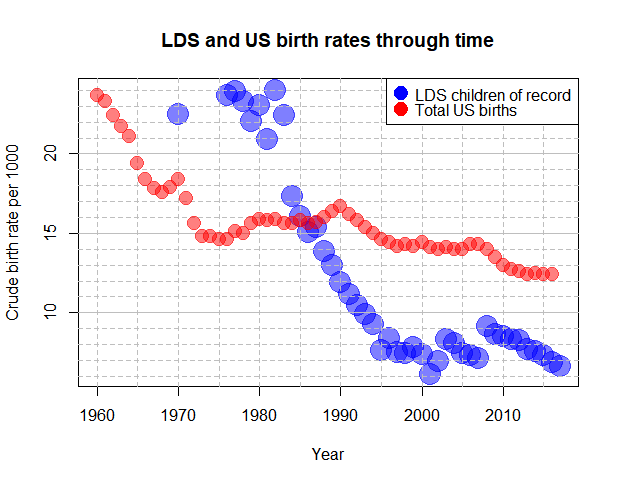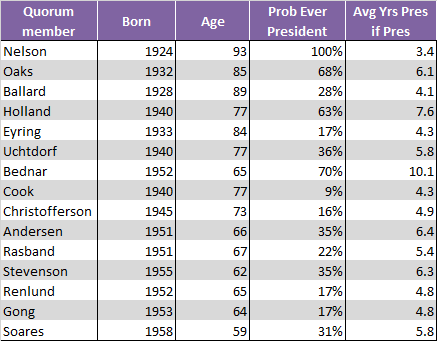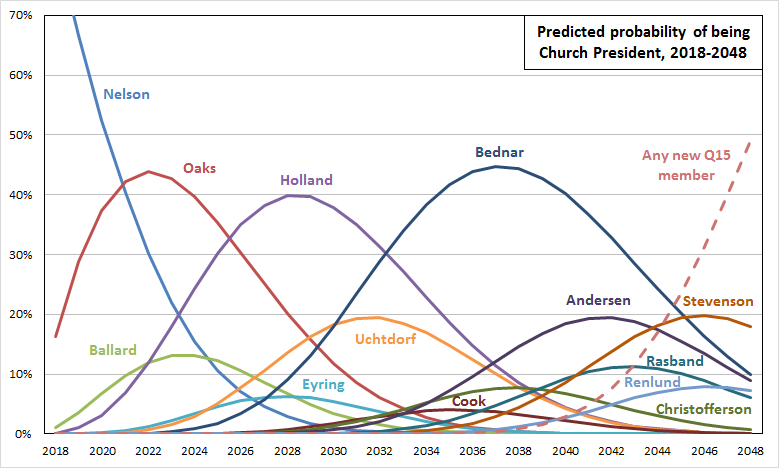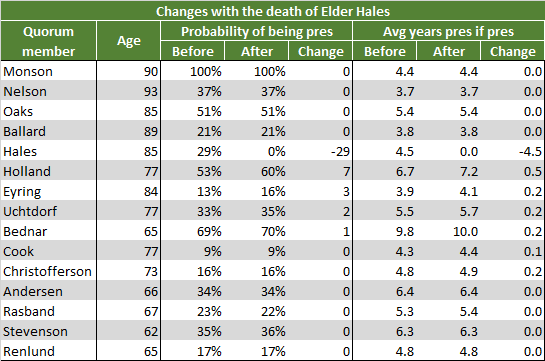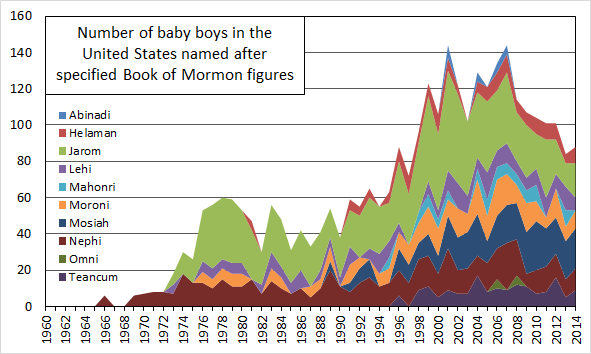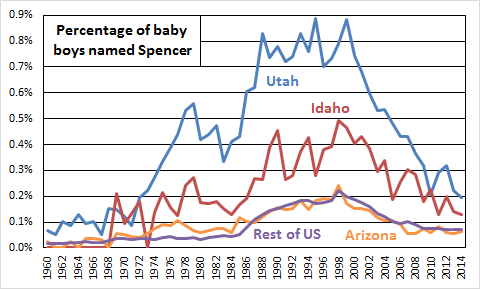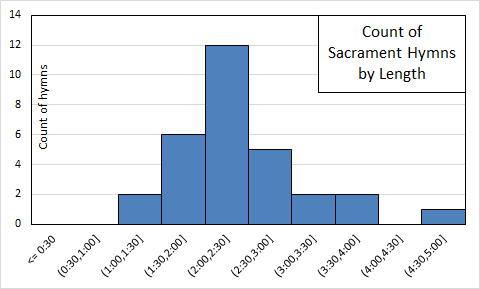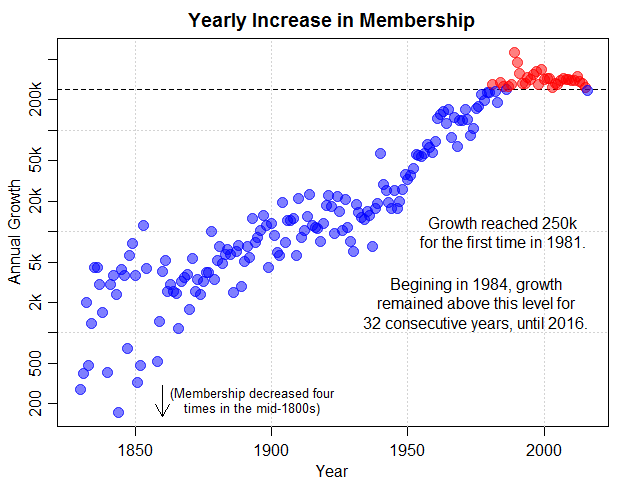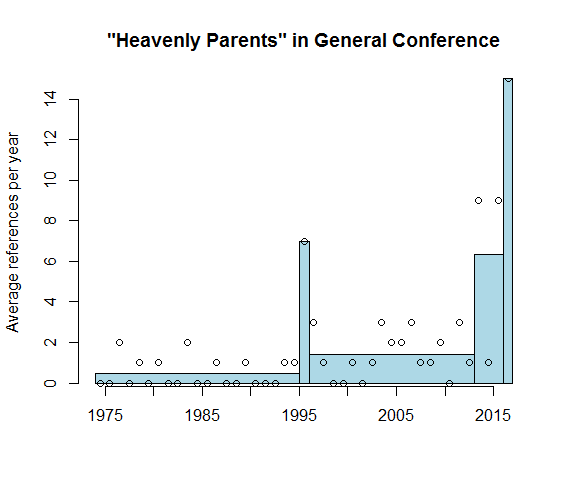Crisis Text Line is a support service for people in crisis. It’s like a suicide hotline, but more general in that the service has crisis counselors trained to respond to a broad range of crises. Also unlike a traditional suicide hotline, it’s reached by text rather than by voice. As a result of this, according to a New Yorker story from 2015 about the service, most who use it are teenagers.
Of particular interest to me, the organization also publishes aggregate data about what types of crises its clients contact them about, and from what states, as well as trends by day of the week, time of day, and across historical time (since 2015). I thought it would be interesting to look at these data to see if there were evidence of the particular stress that LGBT people are put under in Mormonism, particularly after the November 2015 exclusion policy came to light.
Unfortunately but not surprisingly, the Crisis Text Line data doesn’t include information about clients’ religious affiliation, so I’ll just use the rough approximation of using Utah data as a proxy for Mormon experience. On the up side, though, a big advantage of these data is that they summarize reports of clients’ crises by type–where I’ll just be looking at LGBT-related and suicidal thinking–rather than having only completed suicide counts to go on. Distress over one’s sexual orientation or gender identity and suicidal thinking are surely far more common than suicide itself, so these data are potentially richer than data on completed suicides alone.
Here’s a map that shows US states ranked by frequency of clients texting about issues of gender or sexual identity as a percentage of all texts received from the state. Utah ranks number seven.